Figures & data
Figure 1. TOB-resistant S. Typhimurium SCV shows collateral sensitivity to NIT.
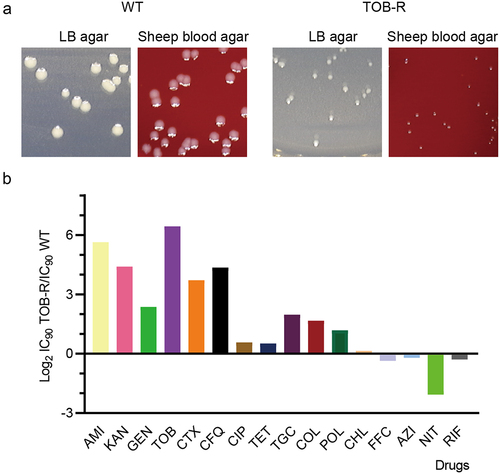
Figure 2. S. Typhimurium ΔhemL mutant confers resistance to TOB and sensitivity to NIT.
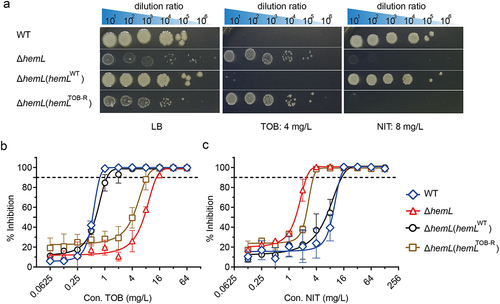
Figure 3. ALA deficiency induces S. Typhimurium SCV phenotype and collateral sensitivity to NIT.
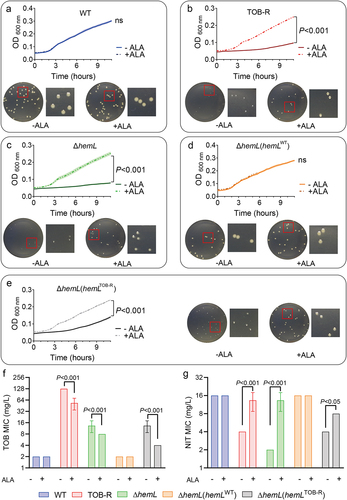
Figure 4. Mechanism of collateral sensitivity to NIT in TOB-resistant S. Typhimurium SCV mutant strain.
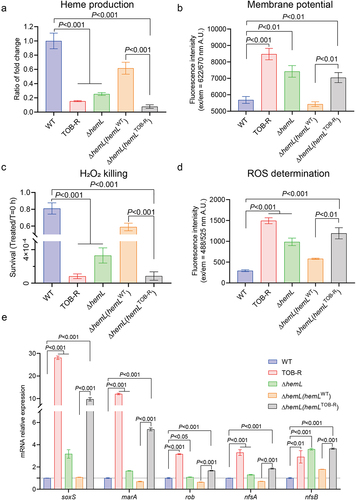
Figure 5. Graphic illustration of the possible mechanism of collateral sensitivity to NIT in TOB-resistant S. Typhimurium SCV induced by HemL deficiency.
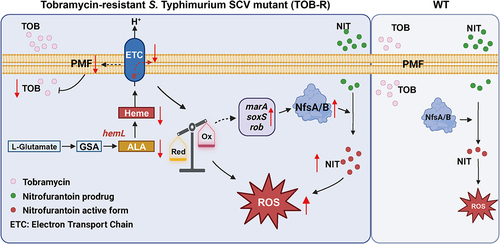
Figure 6. Comparison of NIT efficacy in murine models of thigh infection and colitis due to the WT, TOB-R, ΔhemL and its complemented strains.
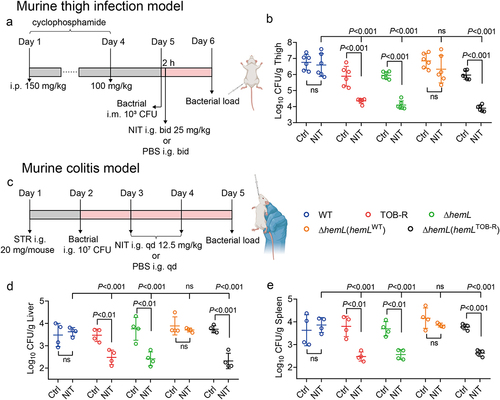
Supplemental Material
Download MS Word (1.1 MB)Data availability statement
Whole genome sequencing data of the WT, TOB-R, TOB-R1 and TOB-R2 strains have been submitted to the NCBI under the BioSample accession number SAMN 40,697,886, SAMN 39,637,111, SAMN40697887, and SAMN 40,697,888. Derived data supporting the findings of this study are available at https://doi.org/10.6084/m9.figshare.25650747.v1.
